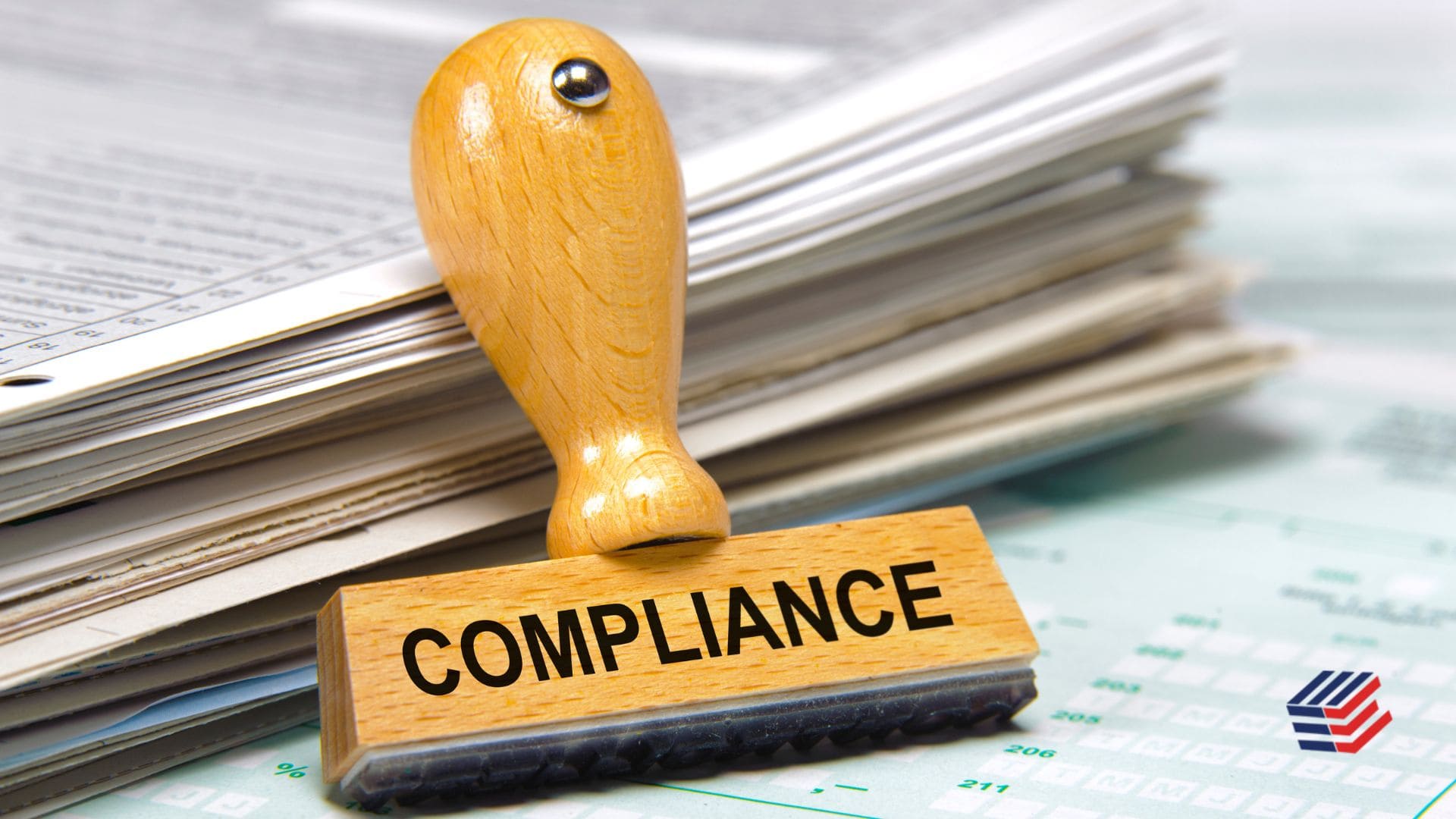Best practices in HR today is not merely about achieving growth and productivity at the workplace but transforming the entire HR processes from start to finish to meet the needs of changing dynamics in workplace management. HR today is facing a new set of challenges as well as opportunities and needs infusion of fresh set of ideas to resolve issues they are encountering. Challenges faced today include rapidly changing technology, shortage of skilled resources, managing remote employees, rise in global protectionist policies, employee attrition and disengagement and unrealistic expectations of performance. We give you the best HR practices that will help you tide over the crisis and emerge victorious.
-
-
-
Promote Inclusive Workplace
In today’s times where politics, faith and even Hollywood are used as instruments to divide than unite, it is very critical from the organization’s point of view that they get their act together to promote harmony and stop discrimination. Organization should ensure fair treatment for all and that no employee is discriminated against because of their religion, race or background. These outcomes can be achieved by the management setting the tone and ensuring fair and equal treatment for all. Some of the steps that can be taken is letting each of your resources know that they are important, encouraging them to speak up and express their views on anything that concerns them, having an employee recognition program to reward good performance, building trust in the employees by caring for them and treating them as human resources and not just a ‘resource’.
-
-
-
Automate HR Processes
HR automation is the process to improve the efficiency of human resources departments by automating the manual human resource processes and eliminating data centered risks. Manual HR processes with paper and spreadsheets can be a real drag. HR managers waste lot of time and energy in redundant activities, filing and collecting paper documents. Using Paper for HR processes can be a lengthy complex process requiring lots of time, cost and detail. It also takes up a lot of space and incurs storage, printing, logistics and transportation costs. Furthermore, managing employee files in a paper format is highly cumbersome and insecure.
-
-
-
Implement Flexible Workplace Rules
Gone are the days when the HR manager nags the employee and makes life hard for them. Organization’s should take a step back and stop micro management and encourage employees to be more responsible, self motivated and take complete charge of the situation. Here, the onus is on them to achieve the desired work output in a manner that suits them as long as it meets expected standards of performance and timelines. Going light on dress codes and introducing flexible working hours are positive steps to undertake going forward. Employees should to given the freedom to explore different ways to manage work provided that it is compliant to general guidelines and policies.
-
-
-
Use of Data Analytics
As we enter a new economic reality and, in turn, a new reality in the labor market, the ways in which people-related data are utilized will be critical to mitigating risk, creating business capability and driving outcomes such as customer satisfaction and sales. Today’s HR analytics tools not only enable managers to gain insights on current workforce performance, costs and services, but to also model “what if” scenarios to anticipate changes in business. Today data analytics plays a key role in every aspect of HR from recruitment, onboarding, employee engagement and workforce productivity to offboarding.
-
-
Mentoring Programs for Talent Development
Organizations should invest in mentoring programs internally to bridge the gap between expected levels of performance and current skill sets. This can be done by employing mentors who specialize in training current resources and helping them scale up to meet desired levels of output. The term talent development means helping the human resources develop the necessary knowledge, skills, and abilities to be productive in their line of work of and equipping them to achieve their potential so that the organizations they are employed in can meet their goals and succeed. Talent management and talent development, specifically the managerial and technical roles are going to be very critical going forward in ensuring how key resources are managed and utilized for the betterment of the organization.
-


